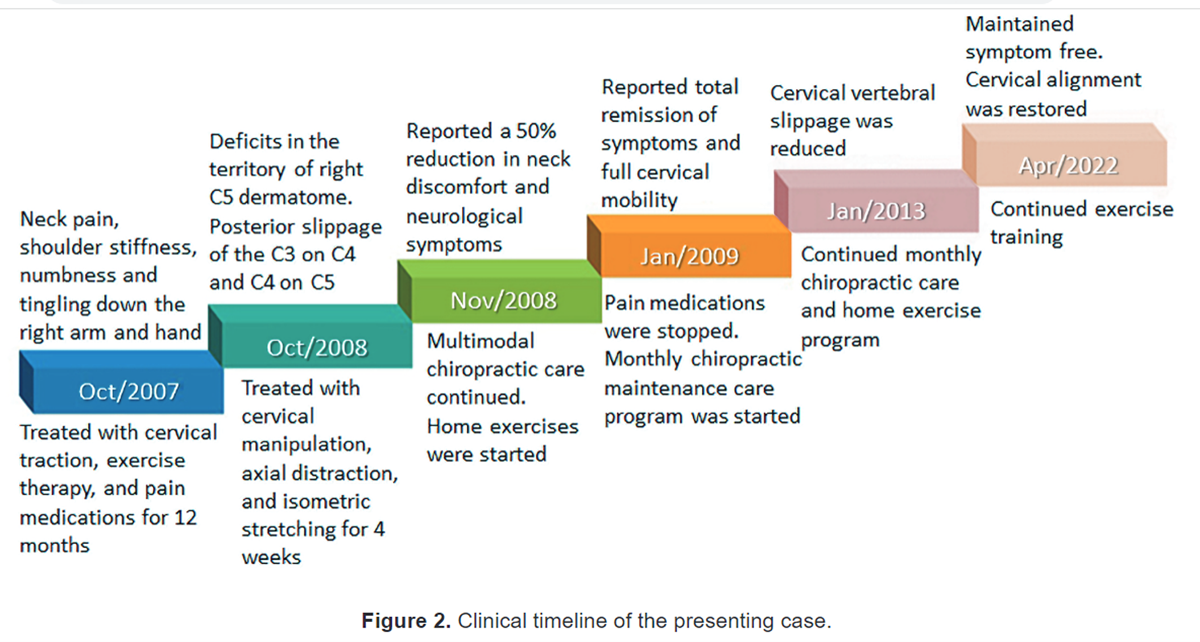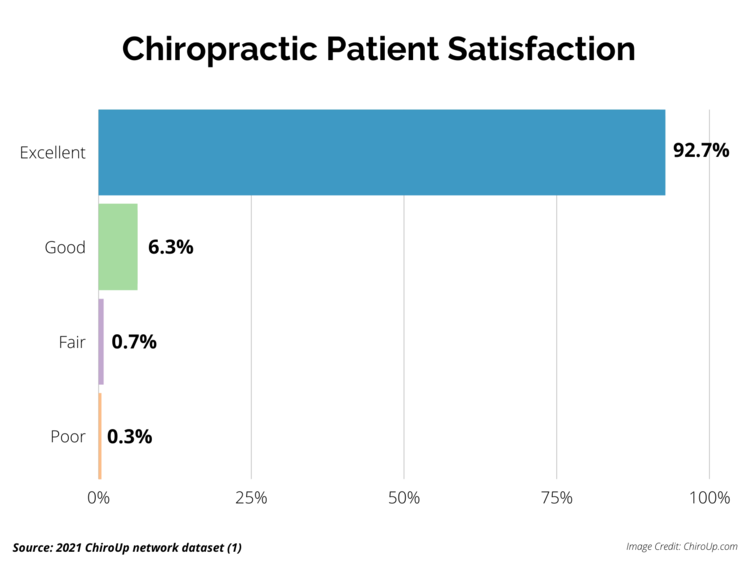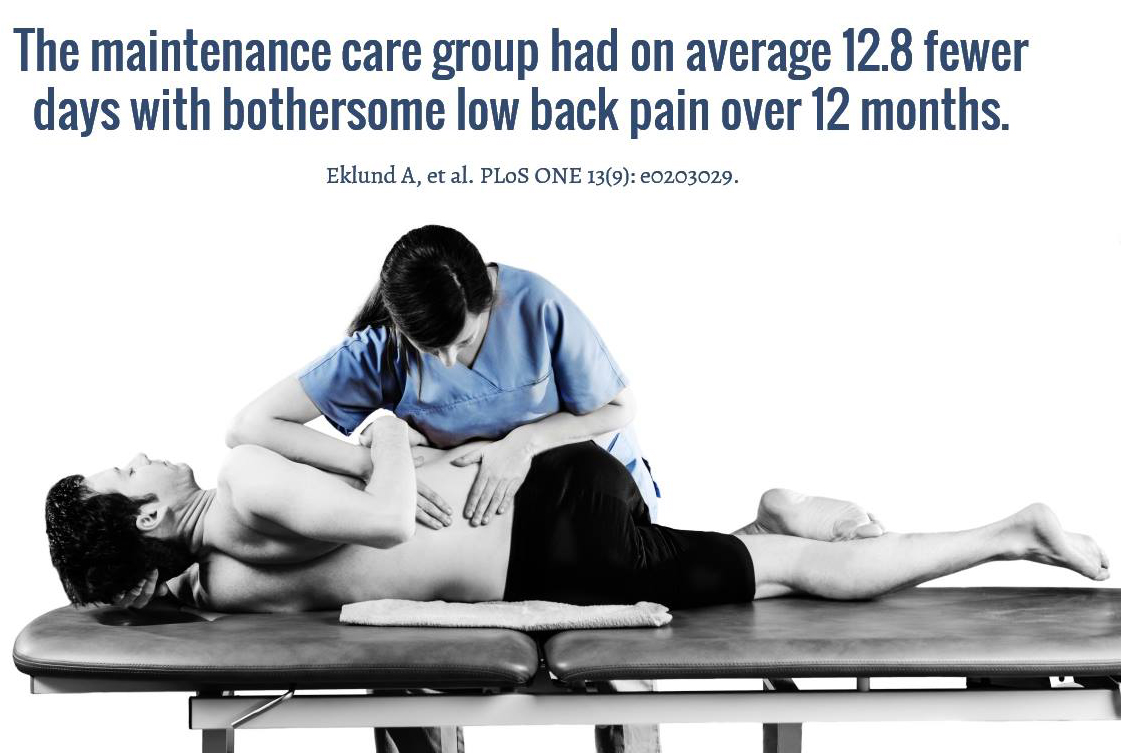Clinical Indicators for Recommending Continued Care to Patients with Neck Pain in Chiropractic Practice: A Cohort Study
SOURCE: Chiropractic & Manual Therapies 2023 (Aug 31); 31: 33
| OPEN ACCESS |
Birgitte Lawaetz Myhrvold • Nina K Vøllestad • Pernille Irgens • Hilde Stendal Robinson • Iben Axén
Department of Interdisciplinary Health Sciences,
Institute of Health and Society,
University of Oslo, P.O. Box 1089,
0317, Blindern, Oslo, Norway.

Background: Chiropractors’ clinical indicators for recommending preventive continued care to patients with low back pain include previous pain episodes, a history of long pain duration and improvement after initial treatment. Our objectives were, in a cohort of patients with neck pain, to examine whether these clinical indicators were associated with being recommended continued care beyond 4 weeks, and if so whether this recommendation was dependent of chiropractor characteristics, as well as if the number of clinical indicators influenced this recommendation.
Methods: In this multi-center observational study, 172 patients seeking care for a new episode of neck pain in chiropractic practice in Norway were included between September 2015 and May 2016. The chiropractors treated their patients as per usual, and for this study, baseline data and 4-week follow-up data were used.
Patient data included the clinical indicators
(1) previous episodes of neck pain,
(2) a history of long duration neck pain and
(3) improvement four weeks after initial treatment.
There is more like this @
MAINTENANCE CARE Section and the
The recruiting chiropractors were asked at 4-week follow-up if each patient was recommended continued care, defined as care planned beyond the first 4 weeks. Univariate and multivariable logistic regression models investigated the association between clinical indicators and the continued care recommendation, as well as the influence of chiropractor characteristics on this recommendation. Cross tabulations investigated the relationship between the number of indicators present and recommendation of continued care.
Results: Long duration of neck pain was the strongest clinical indicator for being recommended continued care 4 weeks after the initial treatment. Chiropractor characteristics were not associated with this recommendation. In patients with all three clinical indicators present, 39% were recommended continued care. When two and one indicators were present, the percentages of those recommended continued care were 25% and 10%, respectively.
Conclusion: Chiropractors recommended continued care for patients experiencing neck pain based on their history of long pain duration, and this was not influenced by characteristics of the chiropractor. This differs from previous studies of indicators for maintenance care in patients with low back pain.
Keywords: Clinical indicators; Continued care; Neck pain; Neck pain duration.
From the FULL TEXT Article:
Background
Neck pain is a common health problem [1] and mostly characterized by recurrent episodic or persistent fluctuating pain rather than a single isolated episode. [2–5] Studies indicate that these pain patterns are associated with increased disability and reduced quality of life compared to having a single pain episode. [2, 5, 6] Thus, neck pain is also a substantial socioeconomic burden. [7, 8]
To date, the prognosis of neck pain is poorly understood, and no cure exists. For patients that experience recurrent and persistent neck pain that negatively affects daily living, pain management may be the most effective approach to reduce the number and impact of relapses and maintain good function and quality of life. In chiropractic practice, patients with these pain patterns may be recommended maintenance care (MC). [9, 10] MC is a traditional chiropractic approach described as continued care after optimal benefit is achieved in an initial care plan. [11–14] Such an initial care plan typically lasts between 2 and 4 weeks. [15, 16] The purpose of MC is to reduce the risk of relapse and maintain good daily function [11–14], the frequency is typically treatments every 3 months, and the treatment entails manual therapy and advice on lifestyle and exercise. [13, 17]
Receiving MC (i.e. continued care as decided by the chiropractor) compared to receiving symptom-guided therapy (i.e. further care decided by the patient when they perceive a need) have been examined in patients with recurrent and persistent low back pain. [18] It was concluded that MC was more effective in reducing the total number of days with bothersome pain over a year’s time. [18] However, MC is currently being investigated and not included in clinical practice guidelines as a recommended evidence-based treatment strategy for prevention.
Focus groups and surveys have systematically explored chiropractors’ indications for using MC in patients with low back pain. [13] According to these studies, MC is offered to patients who have experienced previous pain episodes, long pain duration, and have shown improvement after initial treatment. [19–21] These indicators for MC were confirmed in an observational study of patients with low back pain and previous pain episodes was found to be a strong predictor for recommending MC. [22] In addition, the recommendation of MC may also depend on the chiropractor and the clinical setting. Chiropractors who were trained in the US compared to Europe, as well as chiropractors with more experience and clinic ownership, tend to recommend MC more frequently and to a greater extent to their patients. [19]





Leave A Comment